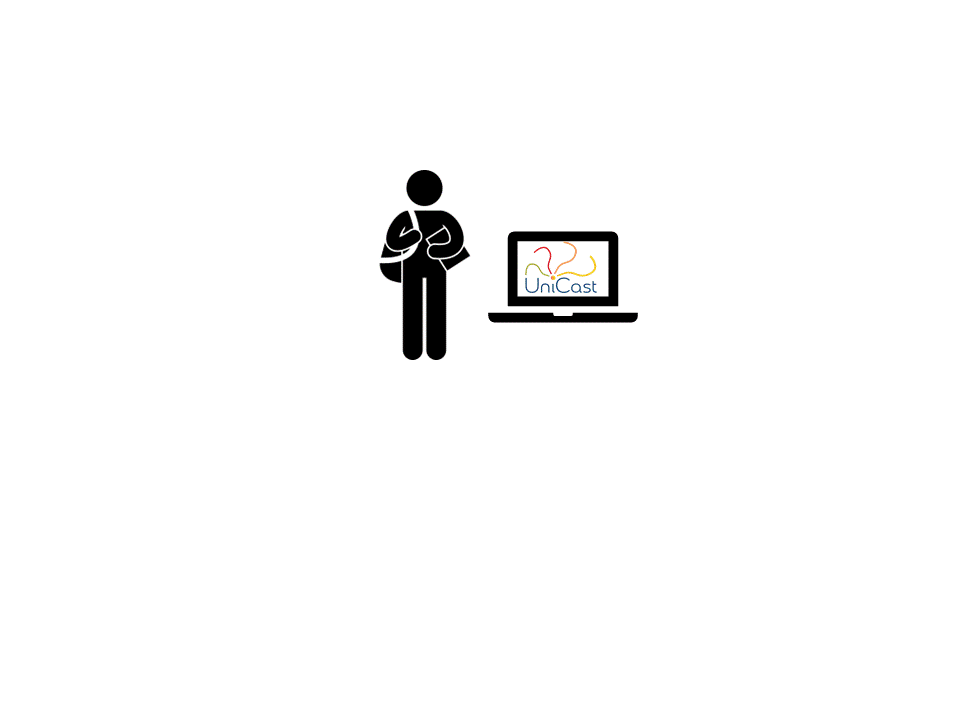
Empower Students to Show What They Know
UniCast creates a digital platform for students to show what they know by recording their think-out-loud explanations and interactions with content. The demonstration is digitally recorded and can then be shared with teachers, parents, or anyone else in the world providing feedback.
Research Proven
UniCast was tested in a gold-standard random-assignment experiment with 205 eighth grade students. When these students used UniCast to explain their understanding for complex concepts, they spent far more time with the digital activities and were more likely to do what was asked of them compared to when the same students were asked to explain their understanding through writing.
Enhanced Learning
UniCast also led to a significant increase in knowledge integration (KI) in this study. Explanations that attain a high KI score provide relevant examples and include reasoning that attempts to explain ‘why’ or ‘how’ certain events occur. Low KI scores are indicative of off-task or incomplete explanations. When students used UniCast, they were four times more likely to attain the maximum score compared to when text entry was used to explain the same prompts.
Learning Community
The student and teacher responses can also be shared with parents or anyone in the learning community. The result is not a static video, but a multi-directional learning tool. In an experiment where over 1,000 UniCasts were distributed to student homes, 90% of parents reported the digital content was informative and that they learned something by viewing them.
Multi-directional Teacher Feedback
UniCast allows for more than just one-directional sharing. It creates a dynamic dialogue between students, teachers, and the learning community. After students record their demonstrations of knowledge, teachers can provide voiced feedback and share it with students and their parents.
This material is based upon work supported by the USDA (#2018-33610-28626 & #2018-03193) and the National Science Foundation (#1345744 & #1549054). Any opinions, findings, and conclusions or recommendations expressed in this publication are those of the author(s) and do not necessarily reflect the views of the USDA or National Science Foundation.





